Funny, my spellcheck doesn’t like ‘kilobytage.’
Anyway, what we have here for this here post here, is a small collection of images that, during sorting, showed details that I was unaware of when shooting or unloading. It’s not found footage of course, because it’s not film, and we should be doing away with imperial units of measurement anyway, and how do you measure digital still images? Yeah, seriously, it’s been that kind of week. Moving on.
We start with a distant eagle from the edge of Jordan Lake. This is the full frame:
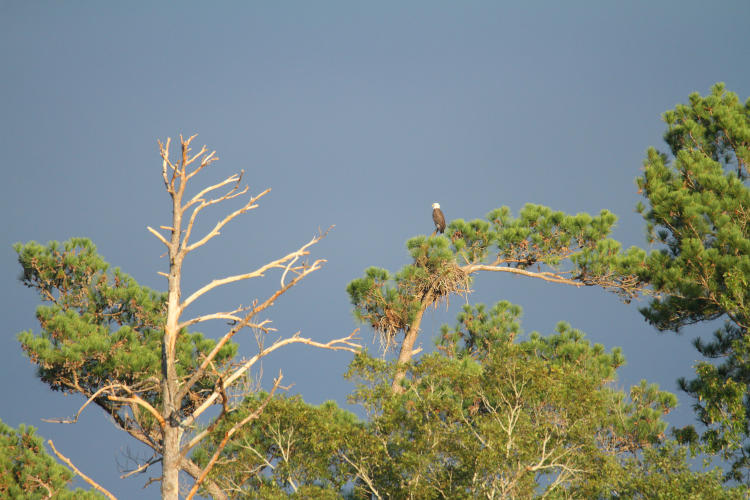
Since this was shot at 600mm, you know the bird was pretty distant – as much as a kilometer, by my estimate. I could have measured it with a reasonable degree of accuracy through parallax, because it remained in place while I walked along the lakeshore, but I didn’t, and that we may all regret forever. Or not. This isn’t what I’m showing, however. For that we go closer (well, okay, a tighter crop at a different display resolution, so it only appears closer.)
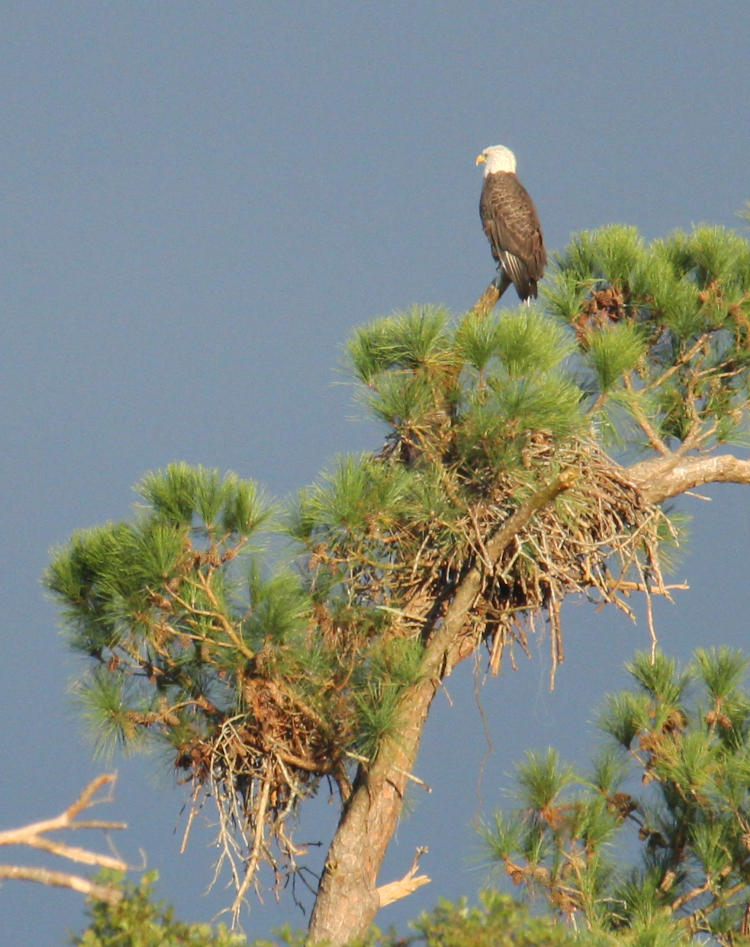
Now, we can see that the eagle is sitting right above either the remains of a nest, or washout debris from when the lake level had been way higher. Ya never know…
But this does give me something to watch for in the spring, since it’s the first eagle’s nest that I’ve seen in person. At least, I’m assuming it’s an eagle’s nest, though they co-opt old osprey nests at times.
And now another view.
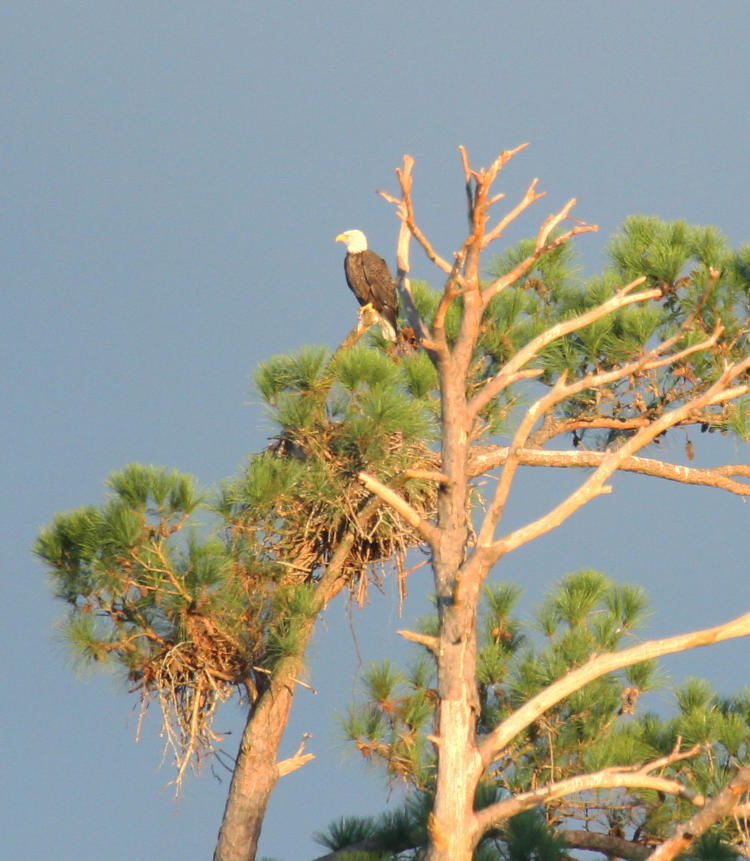
A few minutes later after curving around the lakeshore a bit, the relative positions of the eagle and dead tree have changed noticeably – check the original image at top. The eagle has not changed position and that is not the eagle’s shadow on the one limb (the light’s from the wrong direction,) but that of the limb immediately to the right. You see what I mean about parallax? My own change in position simply caused the trees to almost line up, despite being a dozen meters or so separate, at least.
Also note the change in light color as the sun got lower.
Some more from the same session.
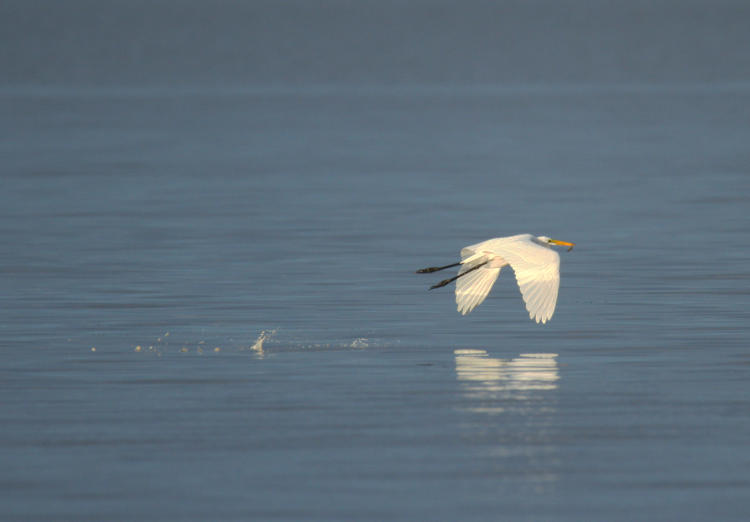
As a great egret (Ardea alba) flew off, it occasionally brushed the water’s surface with its wingtips, proving that they don’t fly any higher than they need to at times. Either that or their wingtips get too hot and need cooling off. And yes, it has a teeny little snack fish in its beak.

A large number of black vultures (Coragyps atratus) cruised overhead on their journey to the evening’s roosting spot, and one showed evidence of a leg injury, since it wasn’t tucking the leg up tight against the body like usual – I have several frames, so I know it remained this way. Some injuries like this can eventually kill the vulture, because they have to perch on only one leg, unable to shift weight off of it, and that can lead to ‘bumblefoot,’ (akin to bedsores) which may not be able to heal if the other leg cannot take on its own weight in time, eventually growing septic and killing the bird. I know this from my rehab days, when we would pick different kinds of wraps for cage perches to prevent this from happening.
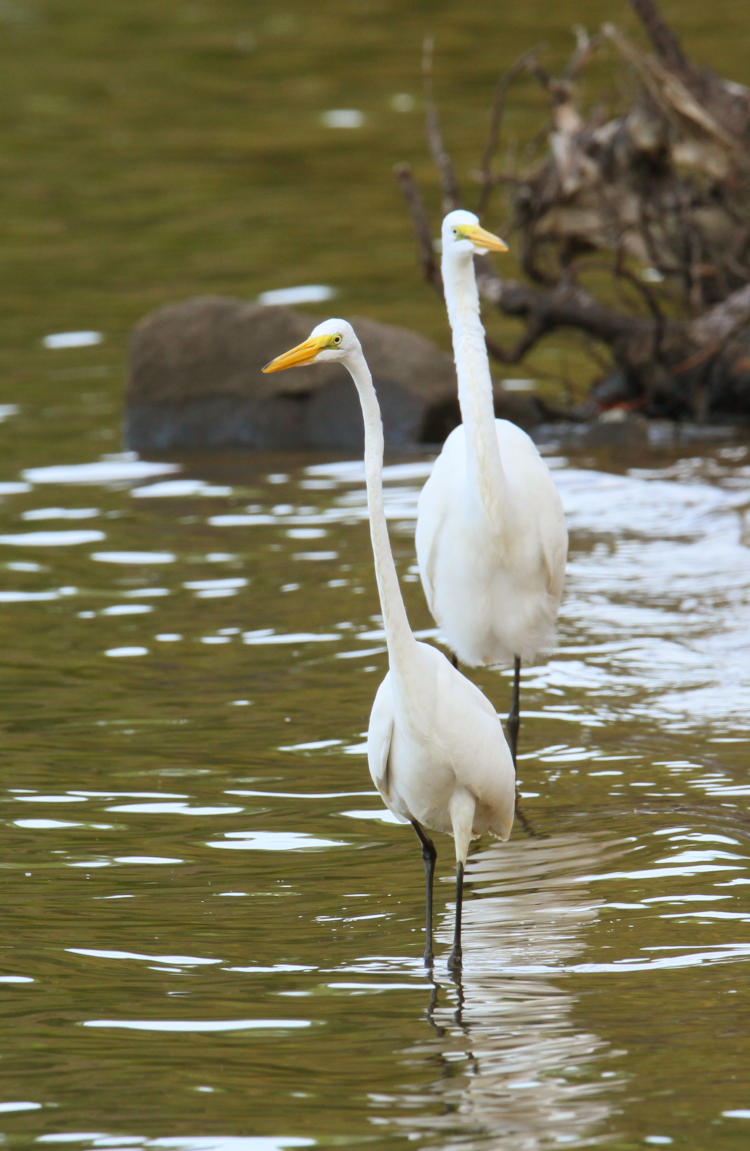
These two great egrets were hanging out together, which doesn’t mean much, since they’re semi-gregarious – it’s no indication that they’re related or anything. But what I found curious was the difference in physique, especially those necks – note that the one with the thickest neck is in the back, so this isn’t even a perspective thing. The best I can surmise is that the one in the front is this year’s brood and thus a ‘teenager,’ subsisting on ramen and Mountain Dew perhaps. I am now inclined to start calling people I don’t like, “fatnecks,” but I suspect this won’t catch on.
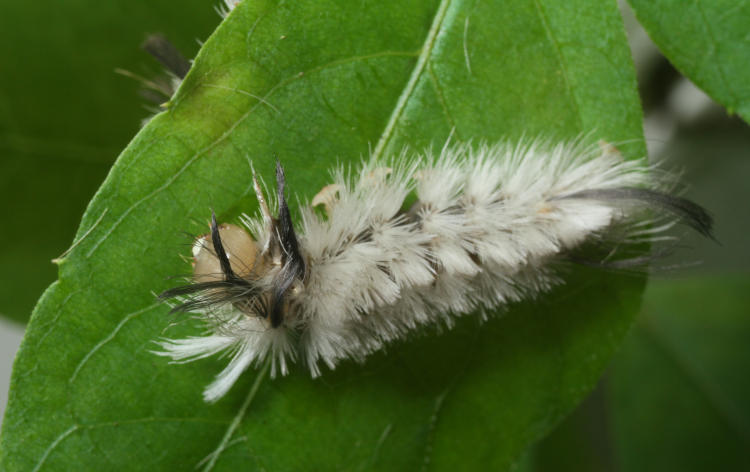
I don’t know what this is, though I did make a brief attempt to identify it (“It’s a caterpillar, Al,” you say, and I thank you profusely with elaborate sarcasm.) I found this late one night/early one morning and shot it casually, and only while sorting did I realize that there was another on the opposite side of the leaf. You can make all the indelicate suggestions you like, because I know that caterpillars are larvae, juveniles, and so no hanky-panky is going on. It was also way past their bedtime.

I’ve already featured a variation of this, but this frame in particular captured my attention because of an odd detail. If you look slightly above midpoint in the frame, you’ll see the trees of the horizon peeking through, so the glare towards the top of the frame is from the sun, carefully blocked by leaves. The distinct starburst down below is from the reflection of the sun off of the water, finding a tiny gap in the leaves – this was not planned, just a relic of timing in the faint breeze that stirred the leaves. Would that I could plan such things.
And finally, we have two aborted frames from an attempt to capture lightning as the storm blew through…

Yeah, there’s almost nothing to see here, but I direct your attention down to the reflections of the lights in the water. Both of these are time exposures, but the top one was as the stiff breeze rolled in, while in the bottom one it had actually started raining (you can see a couple of diffuse raindrops on the lens.) The water rippling perpendicular to the wind stretched out some nice, elongated reflections, but the agitated and foamy water from the rain allowed a pattern to be cast from the one light shining through the gaps in the leaves – this was not visible at any given point while out there, but the time exposure showed the average exposure locations on the water. Fascinating, huh?
Okay, fine, I’ll try and find something of actual interest to shoot. Man…




















































